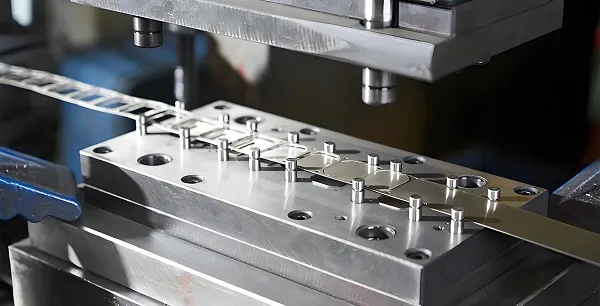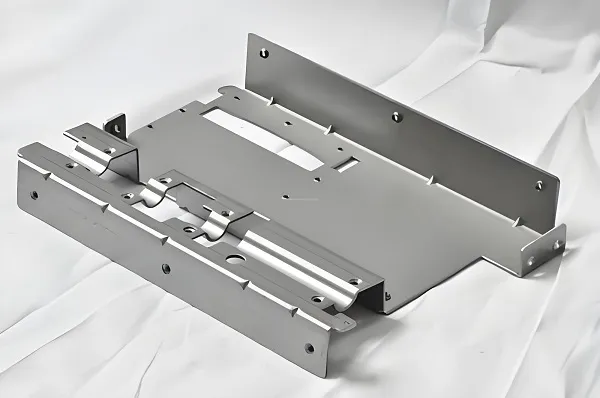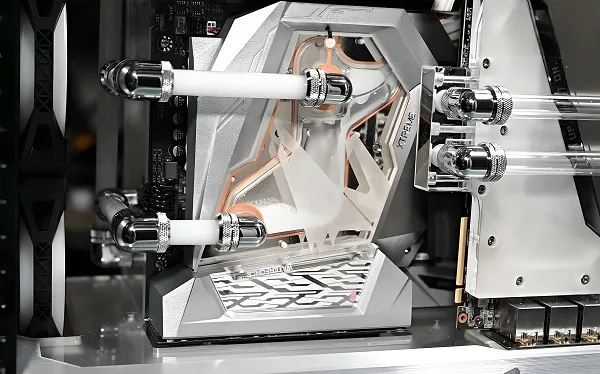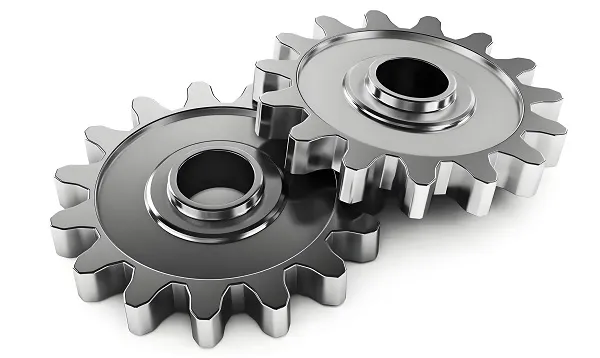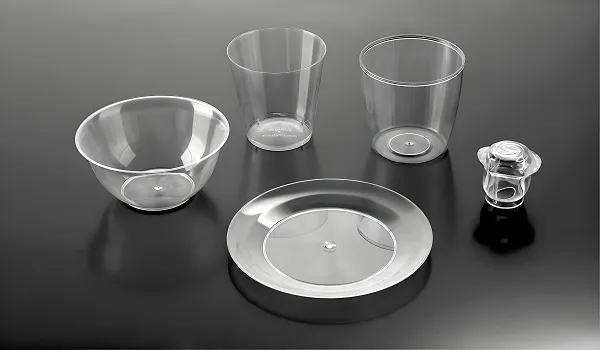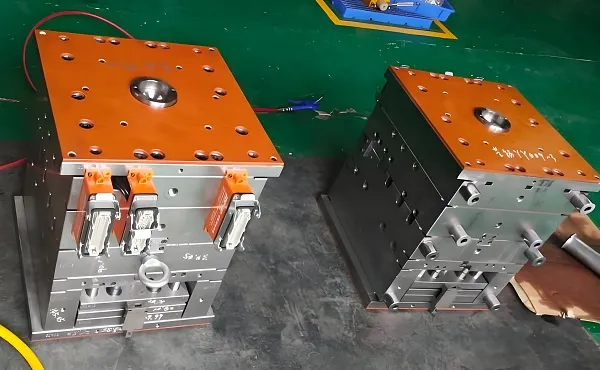Plastic wheel bushings, as a key mechanical component, are widely used in a variety of rotating and sliding systems to reduce friction, improve operating efficiency and extend equipment life. Compared with traditional metal bushings, plastic wheel bushings have become the preferred solution for many industries due to their lightweight, wear-resistant, self-lubricating and corrosion-resistant characteristics.
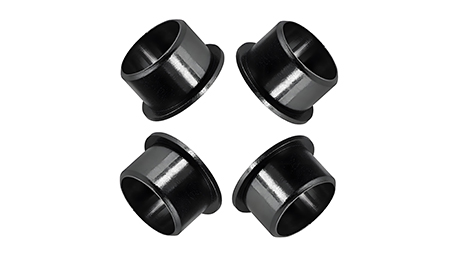
1.Plastic wheel bushing production process
Material selection and preparation: According to customer needs and application scenarios, select the appropriate plastic materials, such as polytetrafluoroethylene (PTFE), nylon (PA), polyoxymethylene (POM) or polyether ether ketone (PEEK).
Mold design and manufacturing: design and manufacture precision injection molds based on the size, shape and accuracy requirements of the wheel bushings.
Injection molding: inject the molten plastic into the mold, through precise control of temperature and pressure, to ensure the quality of the wheel liner molding.
Post-processing: deburring, trimming and surface treatment of the injection molded wheel bushings to improve their appearance and performance.
Quality Inspection: Conduct comprehensive inspection on wheel bushings in terms of size, hardness, abrasion resistance, corrosion resistance, etc. to ensure that they meet the design requirements.
Packing and shipping: Pack the qualified wheel bushings and prepare them for shipping to customers.
2.Plastic wheel bushing customization
Demand communication: Communicate with customers in detail to understand their application scenarios, load requirements, size limitations and special needs.
Program design: According to the customer’s needs, design the wheel bushing size, shape and material selection program, and provide preliminary design drawings and samples.
Sample making and testing: Make samples according to the design scheme and conduct actual testing to verify its performance and durability.
Modification and Optimization: Based on the test results and customer feedback, modify and optimize the design scheme until it meets all the customer’s requirements.
Mass production: After confirming that the design scheme is correct, mass production will be carried out and the consistency and stability of product quality will be ensured.
3.Plastic wheel bushing material
Material:
Polytetrafluoroethylene (PTFE)
Nylon (PA)
Polyformaldehyde (POM)
Polyetheretherketone (PEEK)
Characteristics:
Polytetrafluoroethylene (PTFE):
Very low friction factor, excellent self-lubrication.
Chemical resistance, suitable for corrosive environments.
Good high temperature stability, but the hardness is low, need to be used with other materials composite.
Nylon (PA):
High strength, good abrasion and impact resistance.
Good self-lubrication, suitable for applications requiring reduced friction.
Strong water absorption, need to pay attention to moisture treatment.
Polyoxymethylene (POM):
High rigidity and hardness, excellent wear and fatigue resistance.
Good dimensional stability and creep resistance.
General impact resistance, need to avoid violent impact.
Polyetheretherketone (PEEK):
Good high temperature stability, can work for a long time in high temperature environment.
Excellent wear resistance and corrosion resistance.
High strength and good toughness, suitable for high load applications.
4. Characteristics of plastic wheel bushings of different materials
Products:
PTFE wheel bushings
PA Wheel Bushings
POM Wheel Bushings
PEEK Wheel Bushings
Data:
PTFE wheel bushing:
Friction factor: ≤0.04
Temperature resistance range: -190℃ to +250℃
Compressive strength: ≥10MPa
Abrasion resistance: excellent
PA wheel bushing:
Friction factor: 0.1-0.3
Temperature resistance range: -40℃ to +100℃
Compressive strength: ≥50MPa
Abrasion resistance: good
POM wheel bushing:
Friction factor: 0.1-0.2
Temperature resistance range: -40℃ to +100℃
Compressive strength: ≥70MPa
Wear resistance: excellent, good fatigue resistance
PEEK wheel bushing:
Friction factor: 0.2-0.4
Temperature resistance range: -50℃ to +300℃
Compressive strength: ≥100MPa
Abrasion resistance: excellent, strong corrosion resistance
Customized Plastic Wheel Bushings FAQ
Q1: What are the advantages of plastic wheel bushings over metal bushings?
A: Plastic wheel bushings are lightweight, wear-resistant, self-lubricating and corrosion-resistant, which can reduce friction, improve operating efficiency and extend the service life of the equipment, as well as reduce noise and vibration.
Q2: How to choose the right plastic wheel bushing material?
A: When choosing plastic wheel bushing materials, you need to consider application scenarios, load requirements, temperature resistance range, friction factor and other factors, and consult professional advice.
Q3: What is the customization process of plastic wheel bushings?
A: The customization process of plastic wheel bushing includes demand communication, scheme design, sample making and testing, modification and optimization, and mass production and other steps.

